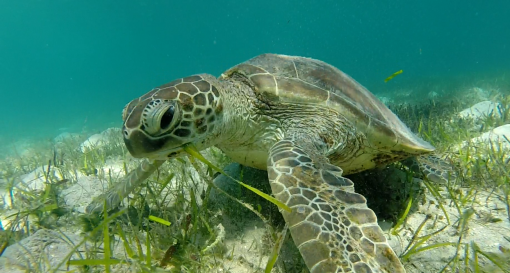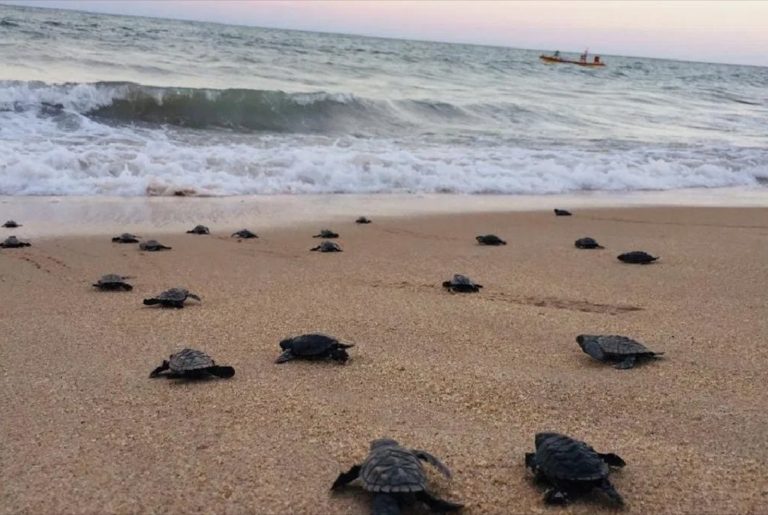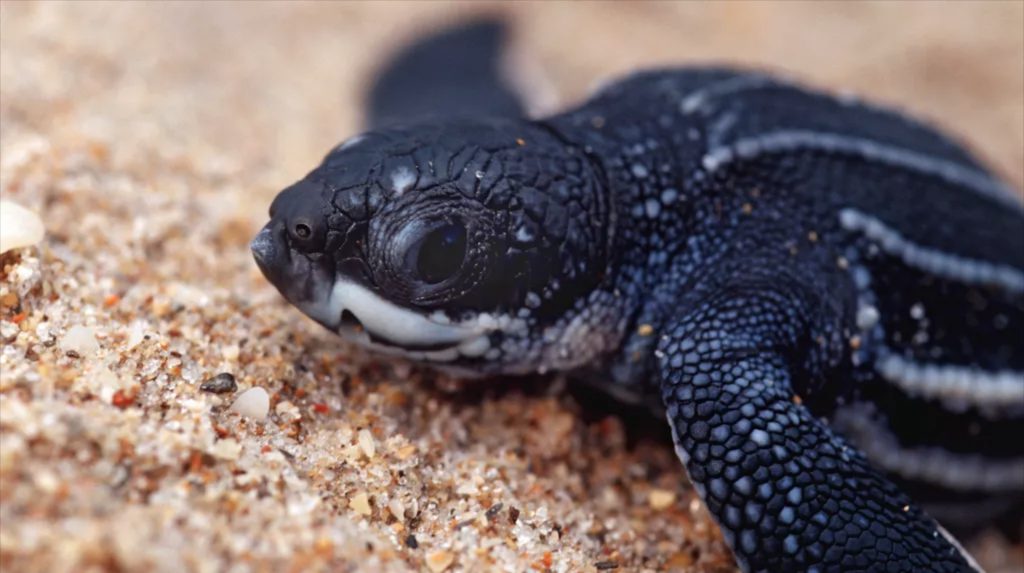Introduction
Almost a year has passed since the first outbreak of the coronavirus was recorded in Wuhan, China. Lockdowns are practiced around the world and as a result, wildlife is thriving in deserted cities and tourist spots. One example is the leatherback sea turtles, with reports in the increasing number of hatchlings, thanks to Thai tourists that are staying at home amid the dire situation. Environmentalists have found 11 leatherback sea turtle nests as of April since last November which is the highest number in 20 years. [3]

Leatherbacks are the world’s largest sea turtles and they’re listed as a globally vulnerable species by the International Union for Conservation of Nature. Many leatherbacks meet an early end of their life because of human activities such as bycatch in commercial fishing gear, illegal trade, consumption, and climate change. It is estimated that only one in a thousand hatchlings survive to adulthood. Some don’t even make it to swim in the waters because eggs can be trampled and dug up by people, or harmed by artificial light. [1][4][5][8]
Why should we care?
Sea turtles contribute to the ecosystem by maintaining the health of seagrass and coral reefs, which provides key habitat for other marine life. Like normal lawn grass, seagrass needs to be cut short to be healthy and help it grow across the seafloor rather than just longer grass blades.
Since sea turtles are part of two ecosystems, the ocean and the dune systems, they also play an important role on the beach. Dune vegetation is able to grow with the presence of nutrients from turtle eggs. Not every egg in a nest will hatch, and not all of the hatchlings in a nest will make it out of the nest. All the unhatched eggs, trapped hatchlings, and leftover eggshells are very good sources of nutrients for the dune vegetation. As the number of turtles declines, fewer eggs are laid in the beaches, providing fewer nutrients.
Because we make use of the marine ecosystem as a natural resource for food, and the beaches for a wide variety of activities, a negative impact on these ecosystems would negatively affect us. [8][9]

What's happening now?
Less human traffic meant that there were lower chances of these turtles being disturbed. However, the collapse in foreign traveling has also affected ecotourism and voluntourism. Turtle conservation groups are facing financial problems and are unable to support their projects. Beach monitoring, often done by volunteers to protect newborn turtles and eggs, has become less frequent and therefore, insufficient since the beaches are closed. In some communities, more people have become desperate for income and food as the pandemic makes it harder for them to earn for their living. An increase in poachers practicing illegal turtle hunting and egg collections has been recorded in some countries. [2][5][6]

The answer: It's complicated.
While the number of turtles is increasing because of less human activity on the beach, they need more protection from desperate poachers who slaughter the poor animals for meat, eggs, skins, and shells. For now, the turtles have to survive with less direct human intervention. But what will happen when the beaches reopen? Time will tell.
[1] Reuters. Coronavirus Lockdown Boosts Numbers of Thailand’s Rare Sea Turtles. 20 Apr. 2020, www.theguardian.com/environment/2020/apr/20/coronavirus-lockdown-boosts-numbers-of-thailands-rare-sea-turtles. Last Accessed: 16 Sep. 2020.
[2] Page, Tom. “Is Coronavirus Helping Turtles? The Answer’s Complicated.” CNN, Cable News Network, 28 Aug. 2020, edition.cnn.com/travel/article/turtles-pandemic-2020-spc-intl/index.html. Last Accessed: 16 Sep. 2020.
[3] Geggel, Laura. “Baby Leatherback Sea Turtles Thriving Due to COVID-19 Beach Restrictions.” LiveScience, Purch, 21 Apr. 2020, www.livescience.com/leatherback-sea-turtle-babies-thrive-covid-19-pandemic.html. Last Accessed: 16 Sep. 2020.
[4] Sartore, Photographs by Joel. “Leatherback Sea Turtle.” National Geographic, 24 Sept. 2018, www.nationalgeographic.com/animals/reptiles/l/leatherback-sea-turtle/. Last Accessed: 16 Sep. 2020.
[5] Ebrahimji, Alisha. “Sea Turtles Are Thriving as Coronavirus Lockdown Empties Florida Beaches.” CNN, Cable News Network, 18 Apr. 2020, edition.cnn.com/2020/04/18/us/thriving-sea-turtles-lockdown-florida-beaches-trnd/index.html. Last Accessed: 16 Sep. 2020.
[6] Hakai Magazine. “COVID-19 Is Not All Good for Wildlife.” Hakai Magazine, www.hakaimagazine.com/news/covid-19-is-not-all-good-for-wildlife/. Last Accessed: 16 Sep. 2020.
[7] Joshkelliott. “Coronavirus Clears Beach for Endangered Sea Turtle Hatchlings in Brazil.” Global News, Global News, 31 Mar. 2020, globalnews.ca/news/6755432/coronavirus-sea-turtles-brazil/. Last Accessed: 16 Sep. 2020.
[8] “Sea Turtle.” WWF, World Wildlife Fund, www.worldwildlife.org/species/sea-turtle. Last Accessed: 16 Sep. 2020.
[9] “Information About Sea Turtles: Why Care?” Sea Turtle Conservancy, conserveturtles.org/information-about-sea-turtles-why-care/. Last Accessed: 16 Sep. 2020.
[10] “Why Sea Turtles Are Important.” Sea Turtle Camp, 17 Oct. 2019, www.seaturtlecamp.com/why-sea-turtles-are-important/. Last Accessed: 16 Sep. 2020.
